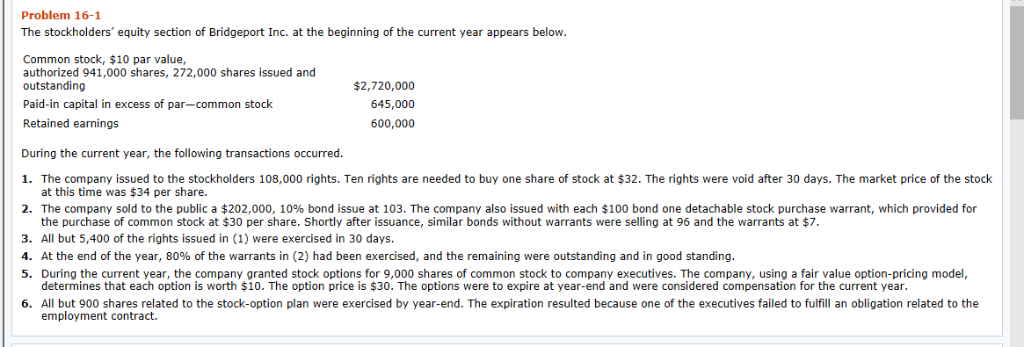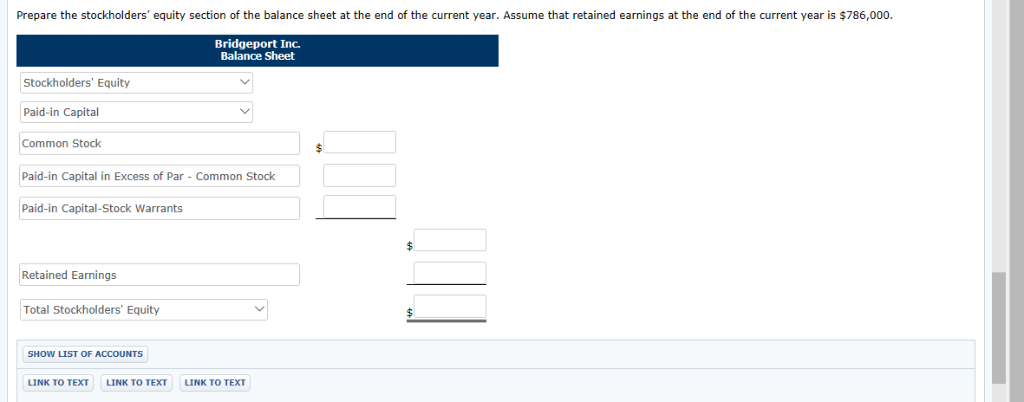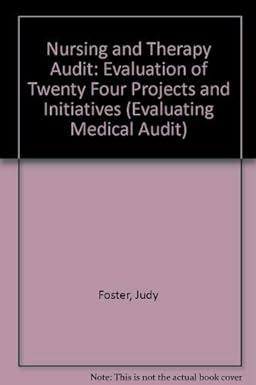



 Bond Conversion Expense Bonds Payable Cash Compensation Expense Common Stock Convertible Preferred Stock Debt Conversion Expense Discount on Bonds Payable Income Summary Incremental Cash Insurance Expense Interest Expense Interest Payable Interest Receivable Liability under Stock Appreciation Plan No Entry Paid-in Capital in Excess of Par - Common Stock Paid-in Capital in Excess of Par - Preferred Stock Paid-in Capital-Expired Stock Options Paid-in Capital-Stock Options Paid-in Capital-Stock Warrants Premium on Bonds Payable Preferred Stock Retained Earnings Unamortized Bond Issue Costs Unearned Compensation
Bond Conversion Expense Bonds Payable Cash Compensation Expense Common Stock Convertible Preferred Stock Debt Conversion Expense Discount on Bonds Payable Income Summary Incremental Cash Insurance Expense Interest Expense Interest Payable Interest Receivable Liability under Stock Appreciation Plan No Entry Paid-in Capital in Excess of Par - Common Stock Paid-in Capital in Excess of Par - Preferred Stock Paid-in Capital-Expired Stock Options Paid-in Capital-Stock Options Paid-in Capital-Stock Warrants Premium on Bonds Payable Preferred Stock Retained Earnings Unamortized Bond Issue Costs Unearned Compensation
Problem 16-1 The stockholders equity section of Bridgeport Inc. at the beginning of the current year appears below Common stock, $10 par value authorized 941,000 shares, 272,000 shares issued and outstanding Paid-in capital in excess of par-common stock Retained earnings $2,720,000 645,000 600,000 During the current year, the following transactions occurred. 1. The company issued to the stockholders 108,000 rights. Ten rights are needed to buy one share of stock at $32. The rights were void after 30 days. The market price of the stock at this time was $34 per share 2. The company sold to the public a $202,000, 1096 bond issue at 103. The company also issued with each $100 bond one detachable stock purchase warrant, which provided for the purchase of common stock at $30 per share. Shortly after issuance, similar bonds without warrants were selling at 96 and the warrants at $7 3. All but 5,400 of the rights issued in (1) were exercised in 30 days. 4" At the end of the year, 80% of the warrants in (2) had been exercised, and the remaining were outstanding and in good standing 5. During the current year, the company granted stock options for 9,000 shares of common stock to company executives. The company, using a fair value option-pricing model determines that each option is worth $10. The option price is $30. The options were to expire at year-end and were considered compensation for the current year 6. All but 900 shares related to the stock-option plan were exercised by year-end. The expiration resulted because one of the executives failed to fulfill an obligation related to the employment contract. Prepare general journal entries for the current year to record the transactions listed above. (Credit account titles are automatically indented when amount is entered. Do not indent manaly. If no entry is required, select "No Entry" for the account titles and enter 0 for the amounts. Round intermediate calculations to 5 decimal places, e.g. 1.24687 and final answers to 0 decimal places, e.g. 5,125.) No. Account Titles and Explanation 1. No Entry No Entry 2. Cash Discount on Bonds Payable Bonds Payable Paid-in Capital-Stock Warrants 3. 4. 5. 6. For options exercised: For options lapsed SHOW LIST OF ACCOUNTS LINK TO TEXT LINK TO TEXT LINK TO TEXT Prepare the stockholders' equity section of the balance sheet at the end of the current year. Assume that retained earnings at the end of the current year is $786,000 Bridgeport Inc. Balance Sheet Stockholders' Equity Paid-in Capital Common Stock Paid-in Capital in Excess of Par - Common Stock Paid-in Capital-Stock Warrants Retained Earnings Total Stockholders' Equity SHOW LIST OF ACCOUNTS LINK TO TEXT LINK TO TEXT LINK TO TEXT




 Bond Conversion Expense Bonds Payable Cash Compensation Expense Common Stock Convertible Preferred Stock Debt Conversion Expense Discount on Bonds Payable Income Summary Incremental Cash Insurance Expense Interest Expense Interest Payable Interest Receivable Liability under Stock Appreciation Plan No Entry Paid-in Capital in Excess of Par - Common Stock Paid-in Capital in Excess of Par - Preferred Stock Paid-in Capital-Expired Stock Options Paid-in Capital-Stock Options Paid-in Capital-Stock Warrants Premium on Bonds Payable Preferred Stock Retained Earnings Unamortized Bond Issue Costs Unearned Compensation
Bond Conversion Expense Bonds Payable Cash Compensation Expense Common Stock Convertible Preferred Stock Debt Conversion Expense Discount on Bonds Payable Income Summary Incremental Cash Insurance Expense Interest Expense Interest Payable Interest Receivable Liability under Stock Appreciation Plan No Entry Paid-in Capital in Excess of Par - Common Stock Paid-in Capital in Excess of Par - Preferred Stock Paid-in Capital-Expired Stock Options Paid-in Capital-Stock Options Paid-in Capital-Stock Warrants Premium on Bonds Payable Preferred Stock Retained Earnings Unamortized Bond Issue Costs Unearned Compensation





